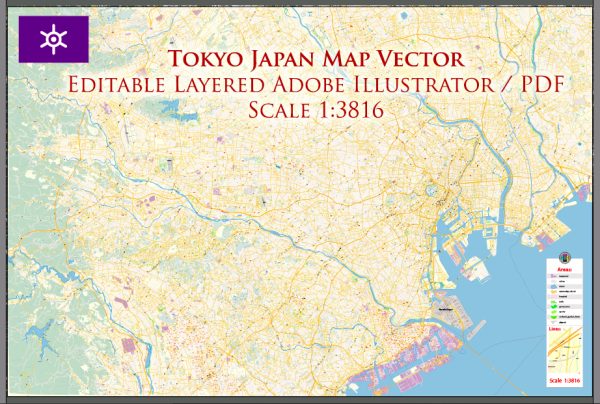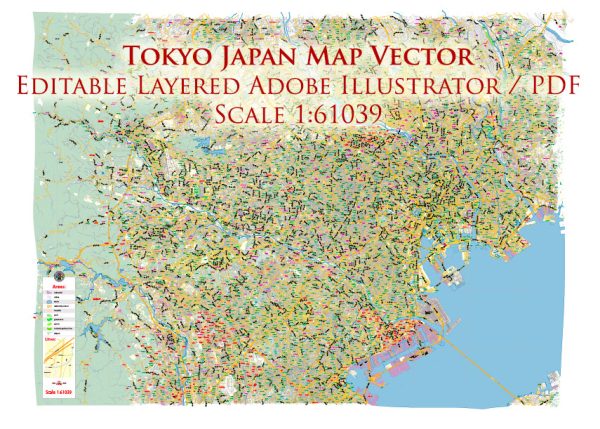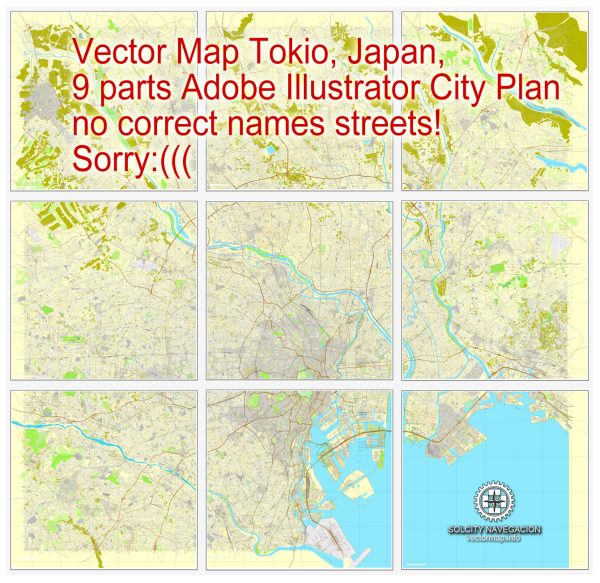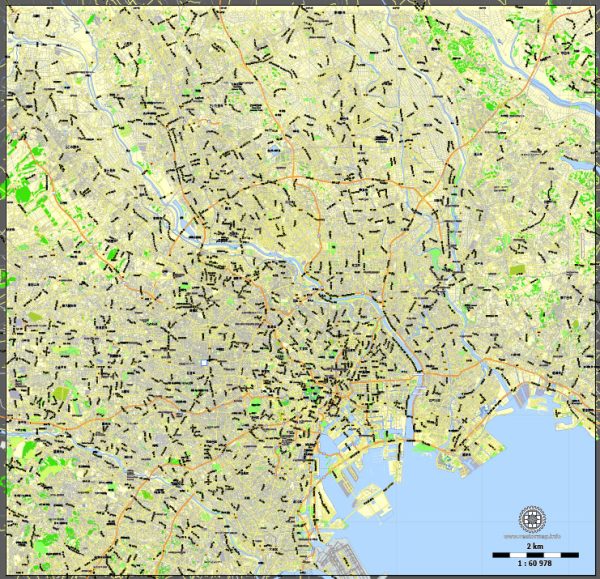Tokyo, Japan, has a rich history of urban development that spans centuries. The city’s growth and transformation reflect the dynamic interplay between tradition and modernity, shaped by historical events, cultural influences, and economic forces. Here is a brief overview of Tokyo’s history of urban development:
- Edo Period (1603-1868): The origins of Tokyo can be traced back to the Edo period when it was known as Edo. Tokugawa Ieyasu, the founder of the Tokugawa shogunate, established Edo as his military headquarters. The city grew around Edo Castle and became the de facto political center of Japan. During this period, Edo developed as a castle town and a thriving urban center with a structured social hierarchy.
- Meiji Restoration (1868): The Meiji Restoration marked a significant turning point in Japanese history. The imperial capital was moved from Kyoto to Edo, which was subsequently renamed Tokyo, meaning “Eastern Capital.” This shift represented the political and cultural transformation of Japan from a feudal society to a modern nation-state. Tokyo began to modernize rapidly with the adoption of Western technologies, institutions, and architectural styles.
- Taisho Era (1912-1926) and Showa Era (1926-1989): Tokyo continued to grow during the Taisho and Showa eras. The city saw increased industrialization, urbanization, and population growth. The devastating Great Kanto Earthquake of 1923 had a profound impact on Tokyo, leading to widespread destruction and subsequent reconstruction efforts. The city was rebuilt with more modern infrastructure and planning.
- World War II (1939-1945): Tokyo suffered extensive damage during World War II, particularly during the firebombing raids in 1945. The post-war period saw Tokyo’s reconstruction as the Japanese economy recovered. The city underwent significant urban planning to accommodate the growing population and emerging industries.
- Rapid Economic Growth (1950s-1970s): Japan experienced a period of rapid economic growth during the post-war years, and Tokyo became a global economic powerhouse. The city’s skyline transformed with the construction of modern high-rise buildings, and infrastructure projects such as the Shinkansen (bullet train) enhanced connectivity.
- Bubble Economy (1980s): The 1980s saw the height of Japan’s economic bubble, marked by speculative real estate investments and excessive spending. Tokyo, in particular, experienced a boom in construction and a surge in property prices. However, the bubble burst in the early 1990s, leading to a period of economic stagnation.
- Contemporary Era (1990s-present): Tokyo has continued to evolve as a global megacity. Urban renewal projects, technological advancements, and a focus on sustainability have shaped the cityscape. The development of waterfront areas, such as Odaiba, and the construction of iconic landmarks like the Tokyo Skytree demonstrate Tokyo’s commitment to modernization and innovation.
Throughout its history, Tokyo has successfully balanced its traditional heritage with the demands of a rapidly changing world, making it a fascinating example of urban development and resilience. The city’s ability to adapt and reinvent itself has contributed to its status as a global metropolis.





 Author: Kirill Shrayber, Ph.D.
Author: Kirill Shrayber, Ph.D.